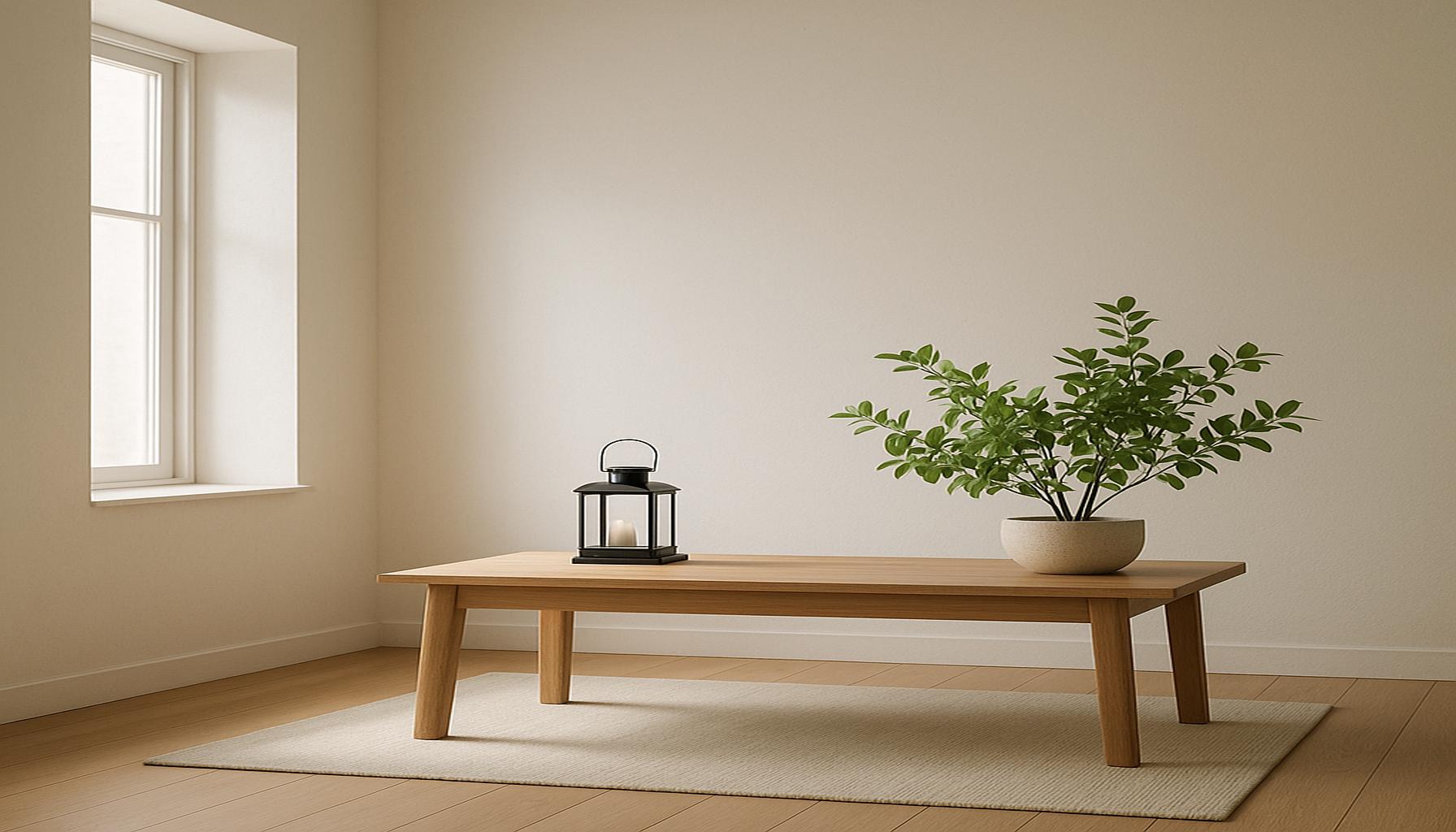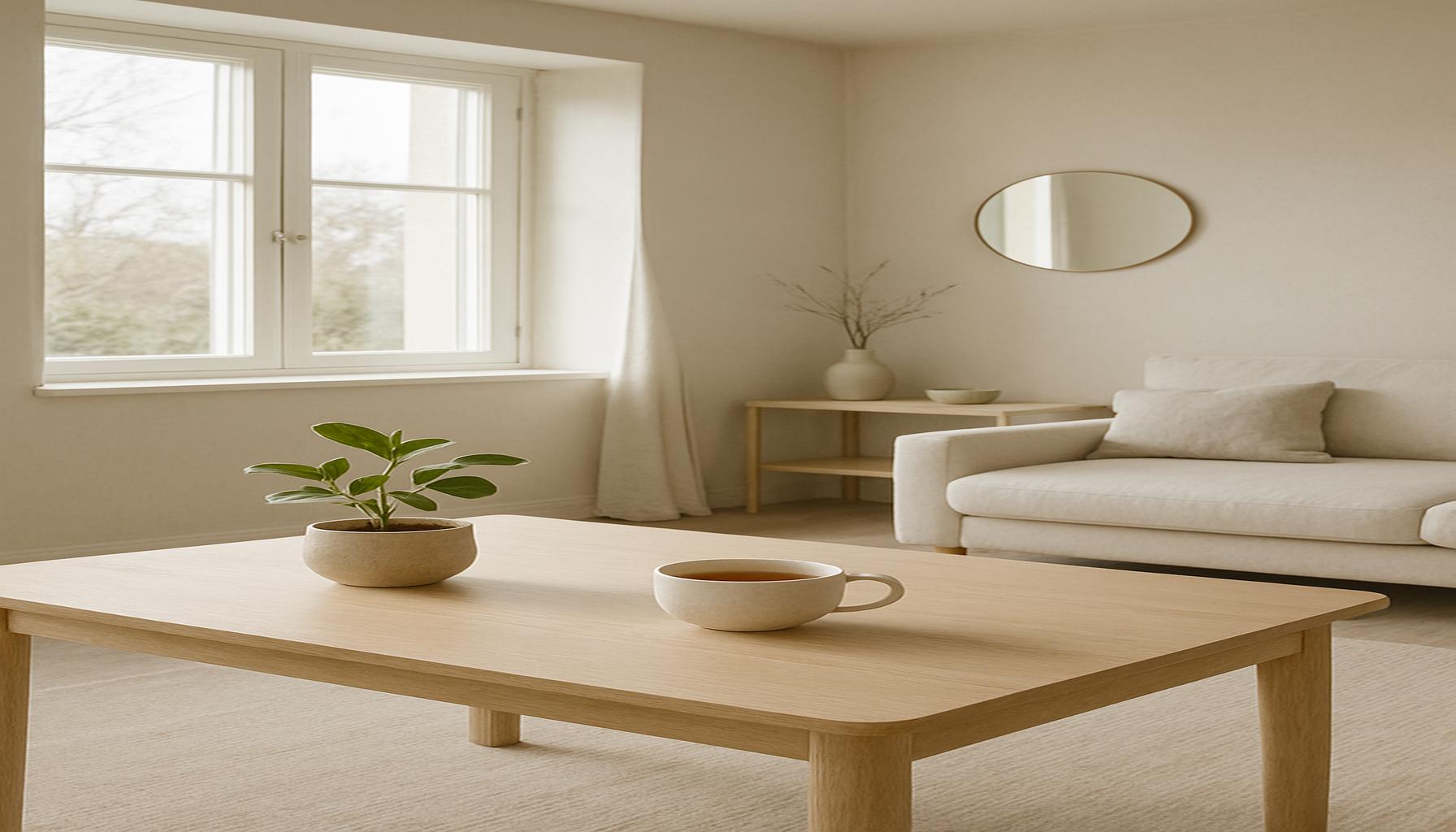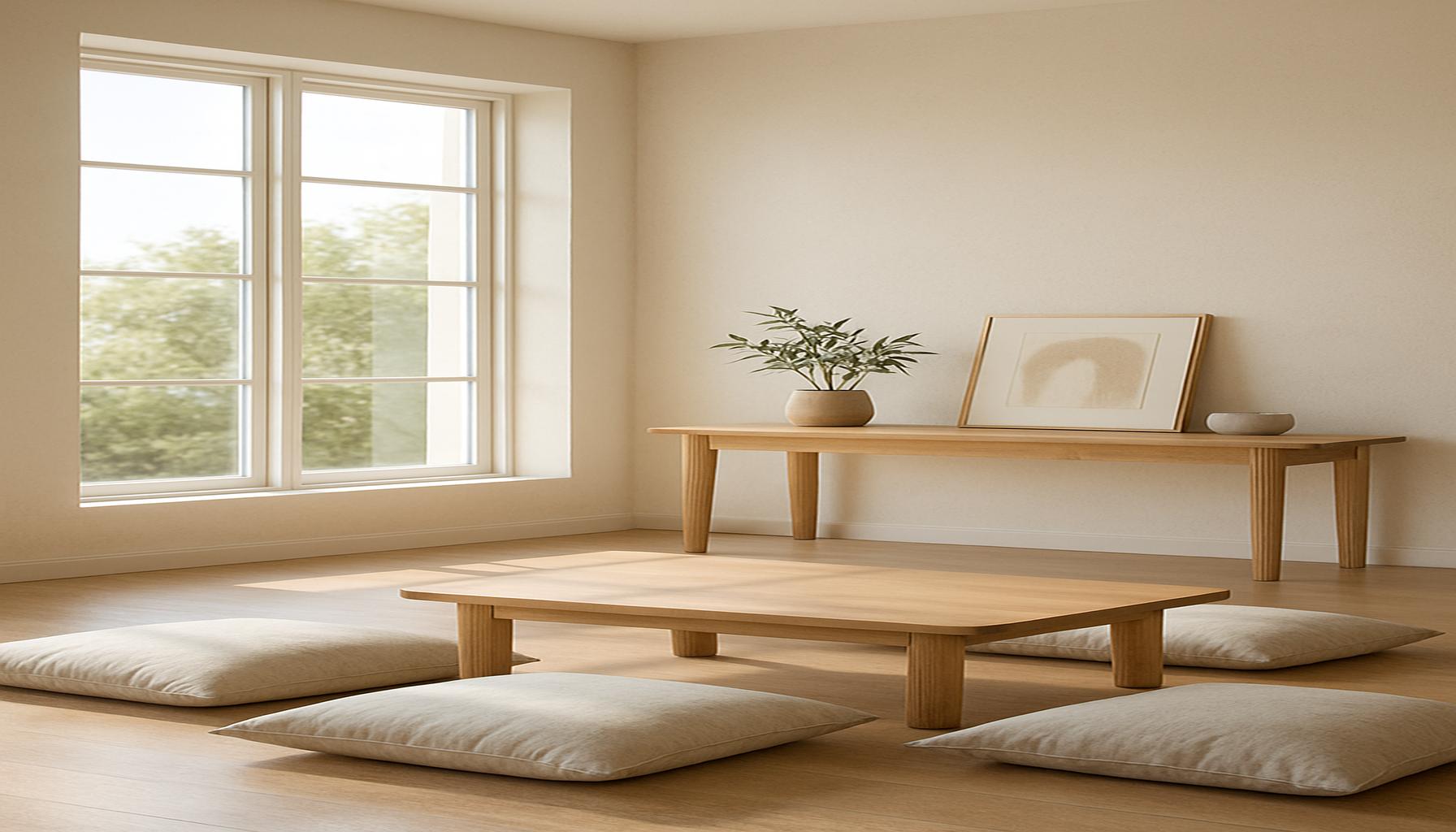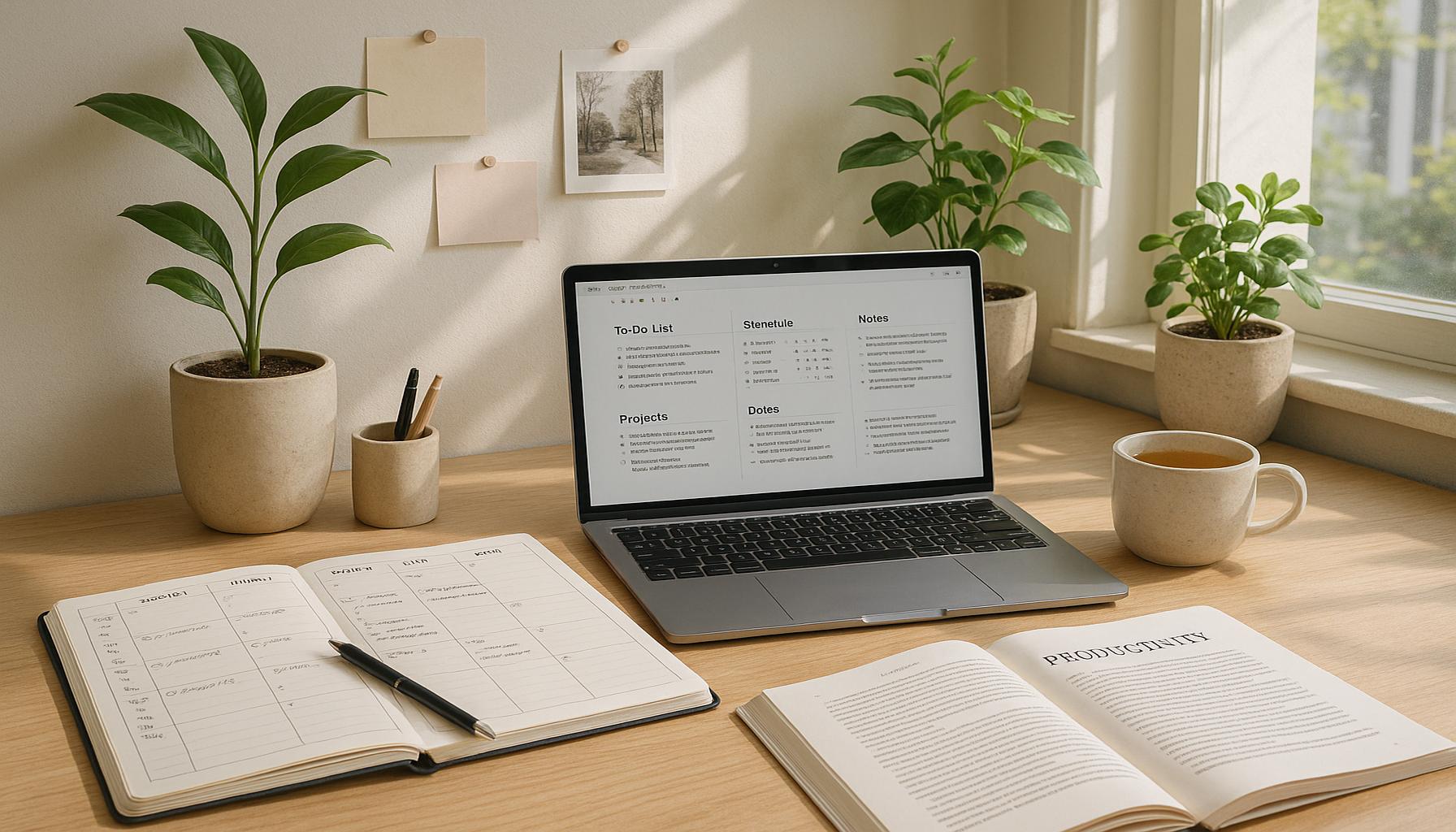Intentionality in the Practice of Minimalism: How to Set Goals that Align Life and Space

The Power of Intentional Living Through Minimalism
In an age characterized by endless stimuli from smartphones, social media, and an ever-growing array of consumer goods, finding clarity can feel like searching for a needle in a haystack. Intentionality stands out as a beacon for individuals seeking not only to declutter their physical spaces but also to simplify their mental, emotional, and spiritual lives. Rather than simply reducing possessions, minimalism encourages a more profound examination of personal values and aspirations. This deliberate journey fosters an environment that aligns with one’s life goals and promotes a state of peace amidst chaos.
People are drawn towards minimalism for a variety of compelling reasons. One primary motivation is the reduction of stress. Numerous studies have shown that a cluttered environment can contribute to feelings of anxiety and overwhelm. When individuals simplify their surroundings, they often report a marked improvement in mental clarity—a clearer mind leads to better decision-making and emotional well-being.
Another significant benefit is enhanced focus. In a culture that glorifies multitasking, it can be challenging to hone in on priority tasks. Embracing minimalism allows individuals to recognize and eliminate distractions, fostering an environment where creativity and productivity can thrive. For example, many artists and entrepreneurs intentionally design their workspaces to be free of unnecessary items that might divert attention from their core missions.
Furthermore, minimalism can contribute to a more sustainable lifestyle. By promoting sustainability, individuals make conscious decisions about consumption and waste. In the United States, this could mean adopting habits like choosing quality over quantity, opting for local products, or engaging in community-supported agriculture to minimize environmental impact.
Key Elements to Embrace Minimalism
However, the effective practice of minimalism goes beyond mere decluttering. It requires a strategic approach to create a harmonious life that reflects personal identity and aspirations. Here are a few critical elements to consider:

- Self-reflection: Take the time to understand what truly brings joy and fulfillment. Journaling, meditation, or simply spending quiet time alone can help clarify values.
- Setting measurable goals: Minimalism is not a one-size-fits-all approach. Define what minimalism means personally. For some, it might mean reducing clothing to a capsule wardrobe, while for others, it may involve downsizing living space.
- Regular assessments: Minimalism is not a destination but a continuous journey. Regularly evaluating your environment and your belongings ensures that your living space remains aligned with your current goals and values.
As we explore deeper into intentionality and minimalism, it becomes clear that aligning one’s goals with their surroundings can transform not only physical spaces but also life attitudes. A commitment to living with purpose can bring about a sense of empowerment that reverberates through all aspects of life.
DIVE DEEPER: Click here for more insights
Establishing Intentional Goals for a Simplified Life
To truly harness the power of intentionality in minimalism, individuals must embark on a personal mission to define what sparse living means to them. The initial step involves **self-reflection**, enabling you to uncover the core of your identity and desires. This introspection can take various forms, such as journaling about your aspirations, engaging in meditation to clear your mind, or dedicating quiet evenings to evaluate your values. Through this process, you might discover that less really does mean more—more space for what resonates with you emotionally, spiritually, and intellectually.
Once you have clarified your values, the next step is to develop measurable goals that align both your physical surroundings and life ambitions. Consider using the SMART criteria—Specific, Measurable, Achievable, Relevant, and Time-bound—as a framework for this. For instance, if reducing your belongings is a priority, set a specific goal like “donate or sell ten items each month until I have successfully streamlined my wardrobe.” This clear methodology not only makes progress tangible but also keeps motivation alive.
As you navigate your minimalist journey, it’s crucial to incorporate regular assessments. Life is dynamic, and so are our values and priorities; therefore, spending time every couple of months to revisit your goals and evaluate your environment can create a significant difference. Ask yourself questions like: “Do my current belongings reflect my aspirations?” or “Has my lifestyle changed in a way that warrants a refresh of my living space?” This practice not only ensures that your environment stays clutter-free but also keeps your life aligned with your evolving goals.
Engaging in minimalism helps curtail distractions, providing a smoother pathway towards achieving your dreams. However, don’t lose sight of context and emotions during this journey. Each item has a story; letting go may stir difficult feelings, especially if they are tied to significant experiences. Acknowledge these emotions while also empowering yourself to move ahead by focusing on how a decluttered environment can contribute to clarity and joy.
As you set these intentional goals, consider the impact of your choices on the larger community and environment. For many, minimalism intersects with a commitment to sustainability, recognizing the broader implications of consumer habits. Adopting eco-friendly practices such as upcycling, embracing second-hand purchases, or advocating for local businesses not only aligns with personal intentions but also promotes a more sustainable future.
In understanding these principles, the essence of intentionality in minimalism becomes clearer. It revolves around making conscious choices that not only declutter physical space but also support personal growth and a holistic lifestyle. As you take these steps to harmonize your goals with your surroundings, you open the door to a life defined by purpose, clarity, and fulfillment.
| Goal Setting | Advantages |
|---|---|
| Clarity in Direction | Establishing clear, intentional goals allows individuals to focus their energy on what truly matters, aligning actions with personal values. |
| Enhanced Productivity | When goals are intentionally set, individuals often experience a marked increase in productivity, as they eliminate distractions and prioritize tasks that serve their overall mission. |
Another crucial aspect of intentionality in minimalism is the concept of decluttering both physical and mental spaces. As individuals aim to set effective goals, it becomes essential to remove distractions that no longer serve a purpose. This process not only involves actual physical decluttering but also the purification of commitments and responsibilities that detract from meaningful progress.Engaging in regular reflections can facilitate the alignment of life with set goals. Techniques such as journaling can help in identifying what works and what needs adjustment, enabling a dynamic approach to personal growth. By recognizing patterns and making necessary changes, one can ensure that their efforts in minimalism are rooted in intentional and forward-thinking approaches.Thus, in the journey towards achieving a purposeful life, the practice of intentionality in minimalism can lead to profound transformations, allowing individuals to foster spaces that truly reflect their aspirations and cultivate a more focused lifestyle.
DISCOVER MORE: Click here for simple strategies to enhance your organization
Creating a Supportive Environment for Intentional Living
To complement your intentional goals in minimalism, it’s essential to cultivate a supportive environment that reflects and enhances your aspirations. This involves reassessing not only your physical space but also your social circles and daily habits. The environment you inhabit plays a pivotal role in your ability to maintain minimalism as a lifestyle choice. If your living space is cluttered with objects that do not serve a purpose or bring you joy, it may undermine your efforts and lead to feelings of overwhelm.
Start by applying the same intentionality you used to define your goals to the organization of your space. Engage in a process often referred to as “The declutter method,” where you scrutinize each item in your home. You can use Marie Kondo’s approach, which encourages asking the pivotal question: “Does this item spark joy?” This strategy can be particularly enlightening and serve as a catalyst for letting go of items that no longer serve your life’s narrative.
Bear in mind that the physical organization of your space is just one facet of creating a conducive environment. Pay attention to the emotional atmosphere as well. Surround yourself with uplifting influences, whether that be artwork that inspires you, photographs that evoke cherished memories, or plants that bring life to your space. These elements contribute to your overall mood and well-being, aligning seamlessly with your minimalism goals by fostering a sense of peace and fulfillment.
Moreover, the company you keep can greatly influence your journey toward minimalism. Building a network of like-minded individuals can provide encouragement and accountability. Join local groups or online communities focused on minimalism, where members share their experiences, challenges, and successes. Engaging with others can offer fresh perspectives and techniques that enhance your own practices. This sense of community can also transform the potential loneliness of a minimalist lifestyle into an invigorating experience of shared growth.
Daily habits also play a crucial role in sustaining a minimalist mindset. Consider implementing routines that reinforce simplicity and intentionality. For instance, adopt the practice of a daily digital declutter to help eliminate distractions from your screens, which can contribute to mental clutter. Set specific times each week dedicated to reflecting on any new items you’ve brought into your home, ensuring they align with your values and aspirations.
Another valuable exercise is reviewing your calendar. Are your commitments supporting your minimalist intentions? You might find that certain obligations weigh you down, drawing you away from what truly matters. Look for opportunities to prioritize self-care and moments of rest, allowing you to recharge and continue your journey with renewed energy. Instead of overscheduling yourself, aim to create a balanced life where your activities reflect your aspirations towards a simplified existence.
In weaving together your physical space, emotional environment, social connections, and daily routines, you create a comprehensive framework that bolsters your commitment to minimalism. Each facet reinforces the other, promoting a lifestyle crafted through intent rather than by accident. This strategy ensures that as you rid your space of excess, you simultaneously enrich your life with meaningful connections and fulfilling experiences. Embracing this holistic view of intentionality invites you to fully immerse yourself in a lifestyle that aligns seamlessly with your values and aspirations.
DISCOVER MORE: Click here to simplify your life
Conclusion: Embracing Intentional Minimalism
In navigating the journey of intentionality in minimalism, it becomes evident that true simplicity extends beyond just the physical realm. It encompasses a profound alignment between the various facets of our lives and spaces, inviting us to reflect deeply on what genuinely serves our purpose. By clearly defining our goals and creating focused intentions, we can transform our surroundings into a haven that fosters both emotional and physical well-being.
As we engage in the processes of decluttering and organizing our spaces, we unveil not just a cleaner environment, but also a clearer mind. Choosing to fill our lives with objects and connections that resonate with our values cultivates a robust atmosphere of fulfillment. This intentional lifestyle encourages us to sift through commitments and social engagements thoughtfully, ensuring that each element truly adds value to our journey rather than detracting from it.
Moreover, building a support system of like-minded individuals bolsters our efforts, proving that minimalism can indeed thrive within community. Sharing insights and experiences with peers not only enhances our own practices but also transforms the path of minimalism into a shared exploration of growth and understanding.
Ultimately, the practice of intentional minimalism is an ever-evolving journey; it is about progress and adaptation rather than perfection. By continuously reassessing our goals and environments, we empower ourselves to embark on a fulfilling life, rich in purpose and free from unnecessary distractions. This commitment to intentionality will not just shape our spaces, but it will enrich our lives in profound and meaningful ways, paving the way for a life defined by both simplicity and significance.


